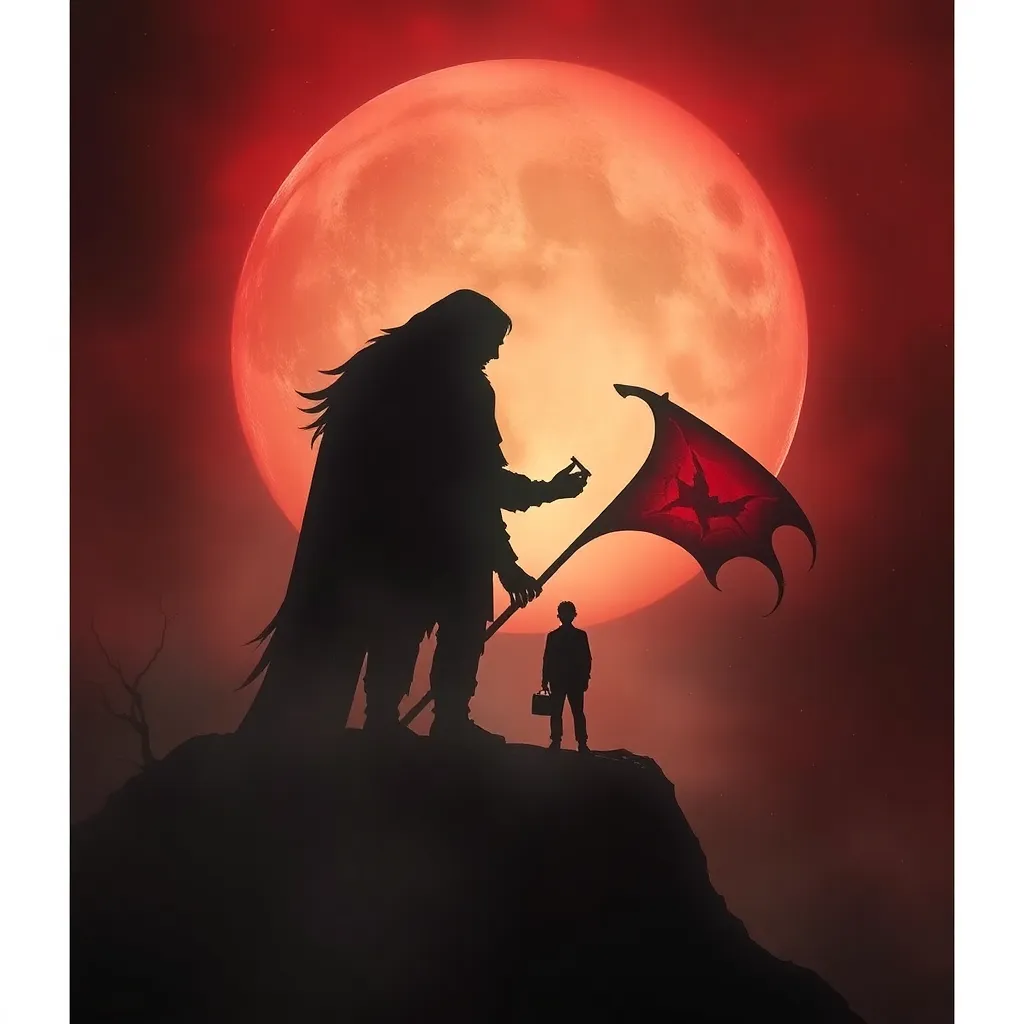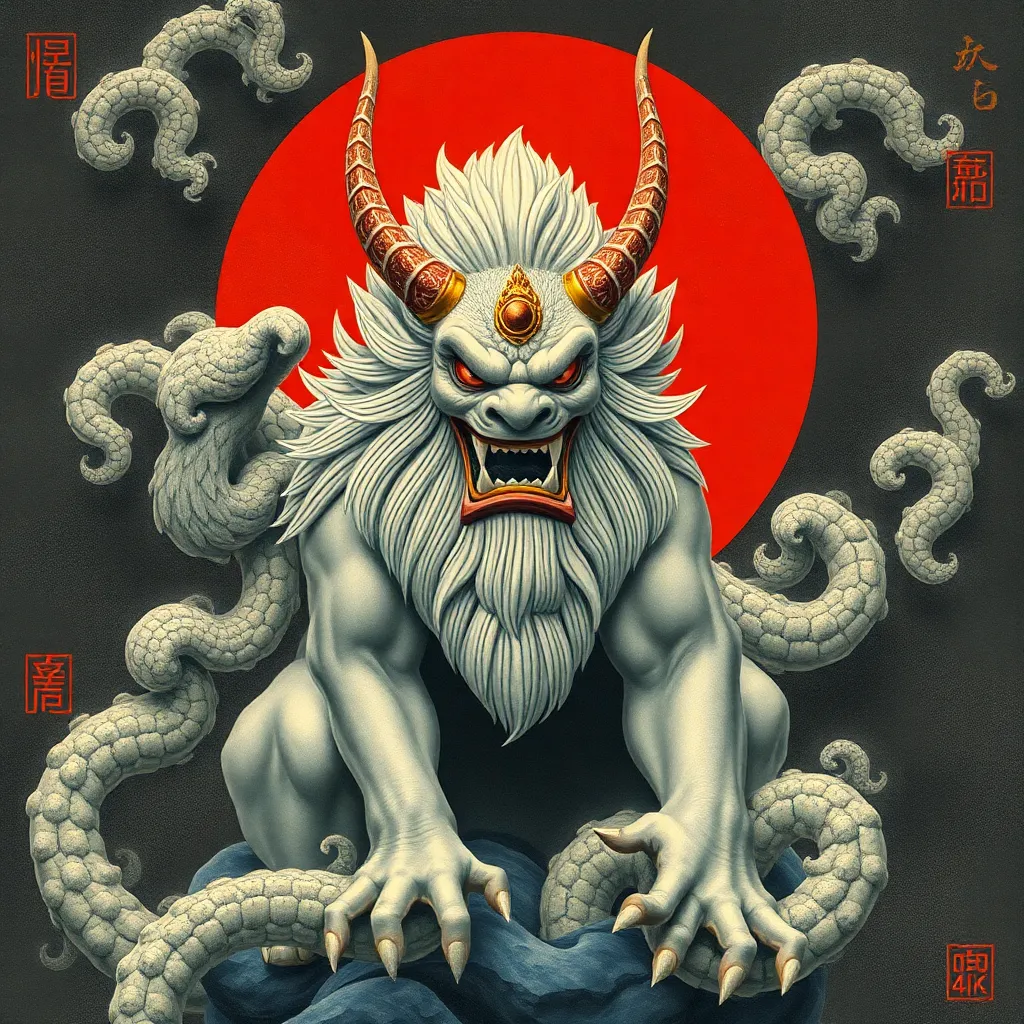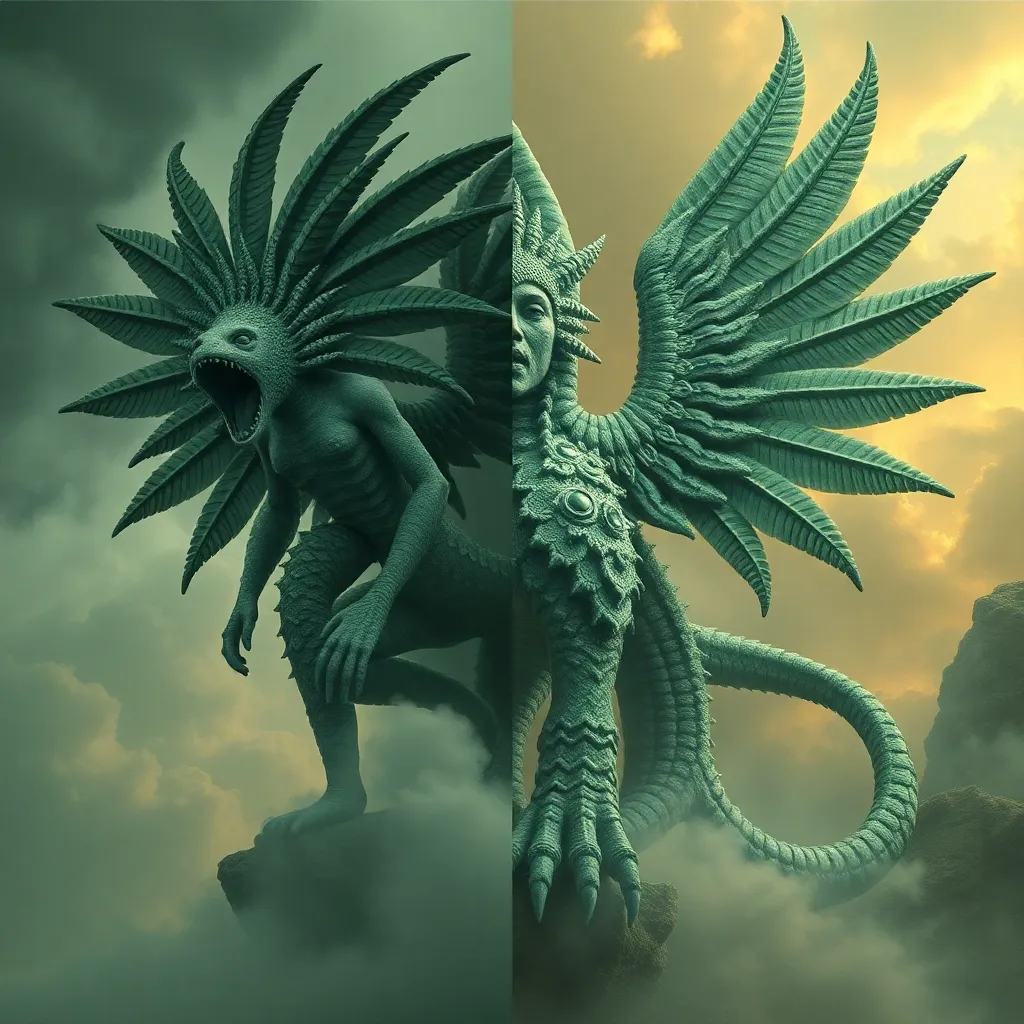The Vampire and the Future: Speculating on the Evolution of Vampire Myths in the Digital Age
I. Introduction
Vampire myths have captivated human imagination for centuries, embodying our deepest fears and desires. From ancient folklore to modern literature and film, vampires serve as a lens through which we explore themes of mortality, power, and the human condition. As we move further into the digital age, the ways in which these myths are told and understood are evolving rapidly.
This article aims to explore the evolution of vampire myths in light of technological advancements and the digital landscape. By examining historical contexts, contemporary interpretations, and future trends, we will speculate on how vampire narratives may transform in the coming years.
II. Historical Context of Vampire Myths
The origins of vampire legends can be traced back to various cultures around the world, each contributing unique elements to the archetype. In Eastern Europe, tales of bloodsucking creatures often arose from misunderstandings of death and disease, while in other cultures, such as the Chinese, stories of the jiangshi (a reanimated corpse) reflect local beliefs about the afterlife.
Over time, the vampire archetype has evolved significantly through literature and film. Key works such as Bram Stoker’s Dracula and Anne Rice’s The Vampire Chronicles have shaped modern perceptions of vampires, introducing complex characters who reflect societal anxieties.
Throughout history, several key themes and symbols associated with vampires have emerged:
- Immortality: The allure and horror of eternal life.
- Blood: A symbol of life, death, and the primal instincts of survival.
- Otherness: Vampires often represent the outsider, challenging norms and societal boundaries.
III. The Impact of Technology on Storytelling
As we enter the digital age, the rise of digital media has drastically transformed myth-making. Traditional storytelling methods are now complemented by new technologies that enhance narrative experiences.
Social media and online platforms have reshaped how narratives are consumed. Audiences can engage with stories in real-time, sharing their interpretations and creating a collaborative culture around the myths they love. This participatory culture has led to:
- Immediate feedback loops between creators and audiences.
- Increased accessibility to diverse interpretations and retellings.
- The democratization of storytelling, allowing more voices to contribute.
Moreover, emerging technologies like virtual reality (VR) and augmented reality (AR) offer immersive storytelling experiences, allowing users to step into the vampire world like never before.
IV. Contemporary Interpretations of Vampires
Modern vampire narratives have taken on new dimensions, often intertwining with contemporary social issues. In literature and film, vampires are frequently portrayed as complex characters who grapple with their identities, reflecting themes of alienation and the quest for belonging.
For instance, series like Twilight and What We Do in the Shadows present vampires in contrasting lights—romanticized figures and humorous takes on the myth, respectively. These interpretations invite audiences to reconsider what it means to be a vampire in today’s world.
The representation of vampires in popular culture has significant implications:
- They challenge societal norms regarding sexuality, power dynamics, and morality.
- They serve as metaphors for real-world issues, such as immigration and social justice.
- They reflect shifting cultural values and fears in the face of technological advancements.
V. The Role of the Internet in Shaping Future Vampire Narratives
The internet has become a pivotal force in shaping modern vampire narratives. User-generated content allows fans to create their own stories, expanding the vampire mythos in unexpected ways. Collaborative storytelling platforms and fan fiction play a crucial role in this evolution.
Fandoms and online communities have a profound influence on vampire myths. They not only foster discussions but also breathe new life into existing stories, reviving interest in old legends and creating new ones:
- Online forums and social media groups facilitate discussions and shared experiences.
- Fan art and videos remix traditional narratives, introducing innovative interpretations.
- Digital folklore emerges as new vampire legends develop within these communities.
VI. Future Trends in Vampire Mythology
Speculating on the evolution of vampire characteristics in the digital age reveals exciting possibilities. As technology continues to advance, vampires may be depicted in increasingly sophisticated ways, integrating elements of cyberpunk and exploring dystopian futures.
Some potential trends include:
- Cyber-vampires: Depictions of vampires who manipulate technology, exploiting the digital realm for their sustenance.
- Globalization of myths: As cultures interconnect, vampire legends from around the world may blend, creating hybrid narratives.
- Interactive storytelling: Utilizing AI and VR to create personalized vampire experiences, where audiences can influence the story’s direction.
VII. Ethical and Philosophical Considerations
The moral implications of vampire narratives in the digital age invite critical reflection. These stories often grapple with themes of immortality, power, and societal issues, serving as a mirror to our contemporary struggles.
Vampire myths raise important questions about:
- The nature of power and control in relationships.
- The ethical considerations surrounding immortality and the consequences of eternal life.
- How technology shapes our understanding of humanity and morality.
These themes remain relevant as society navigates the complexities of technological advancements and their impact on human relationships.
VIII. Conclusion
In summary, the evolution of vampire myths is deeply intertwined with cultural, technological, and ethical considerations. As we explore the future of vampire storytelling, it is clear that these narratives will continue to evolve, reflecting our changing society and the challenges we face.
Vampires, as symbols of our fears and desires, will remain relevant in contemporary culture, serving as vessels for exploring the complexities of human existence. As we delve into the digital world, the future of vampire storytelling promises to be as rich and varied as the myths themselves.




